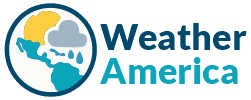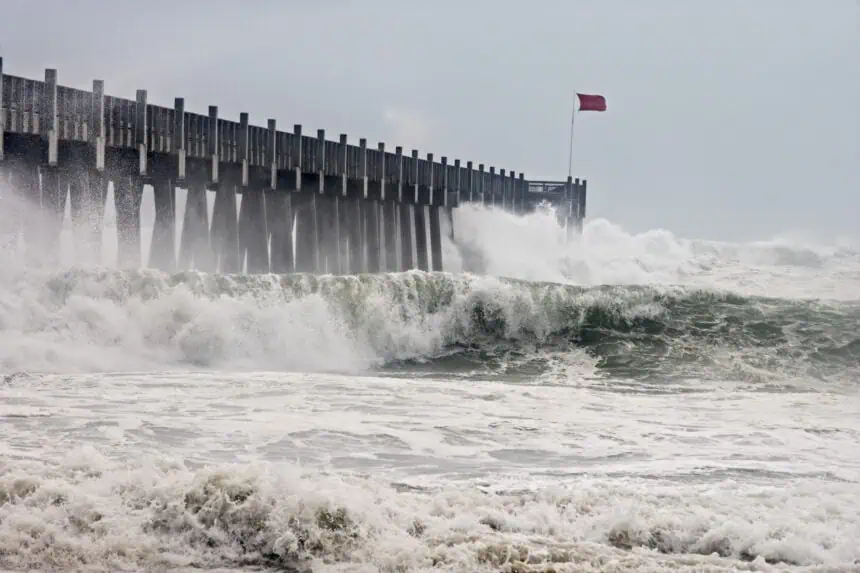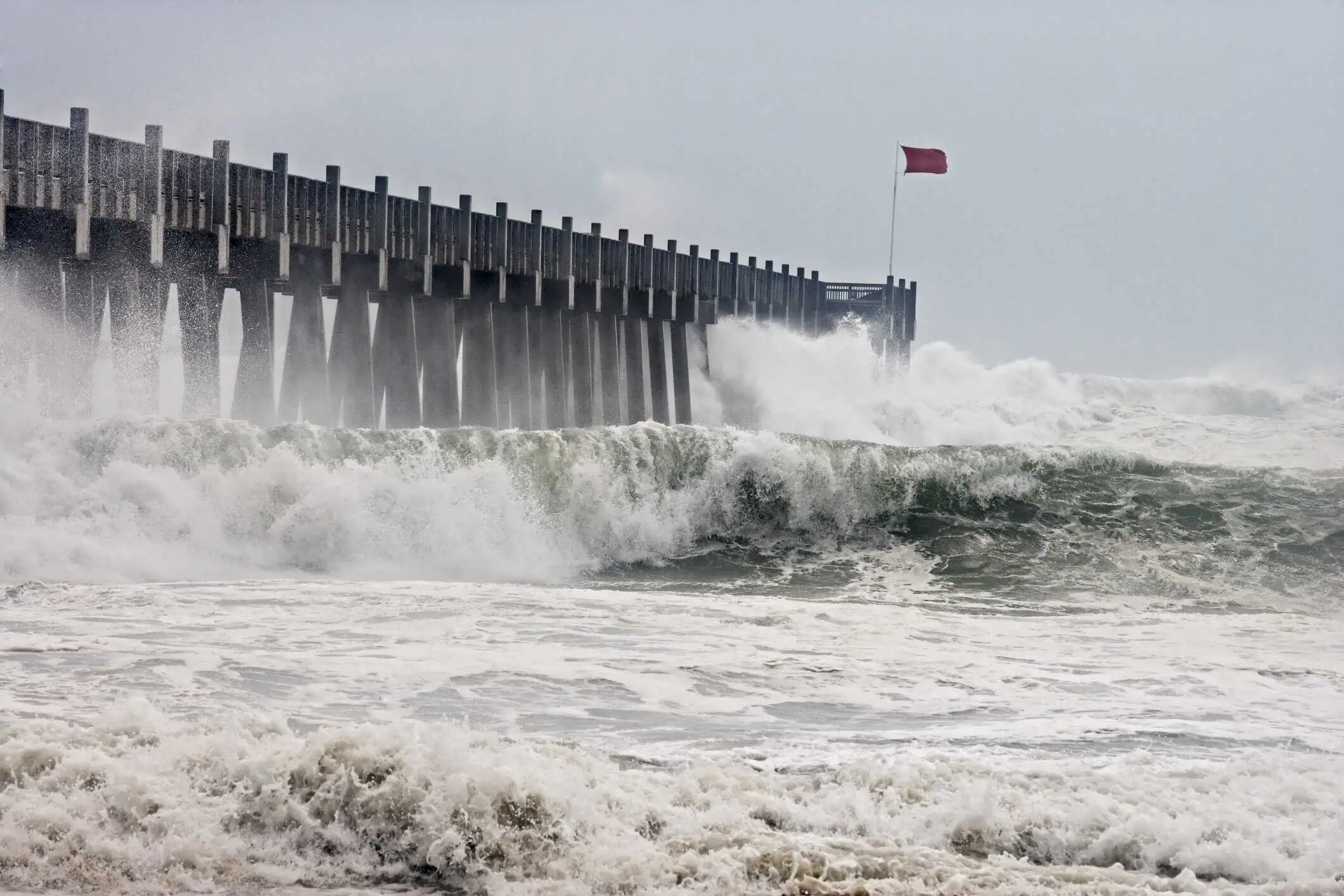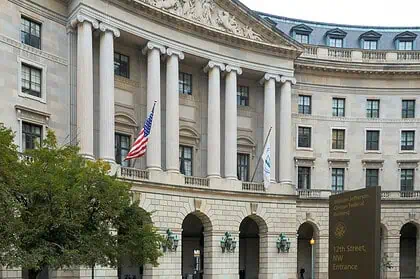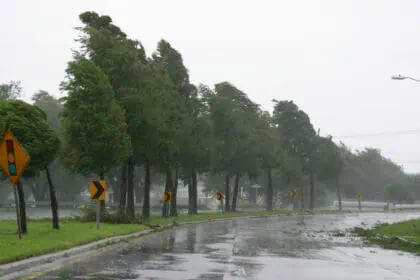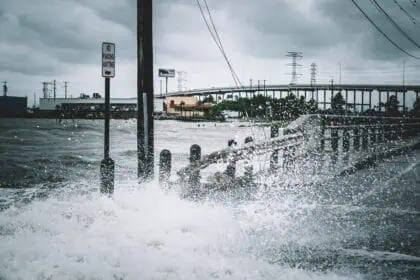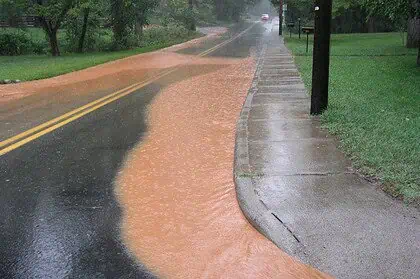Hurricane Erick has rapidly intensified into the first major hurricane of the Eastern Pacific season, now classified as a Category 3 or higher, just hours before landfall along southern Mexico’s coastline. Here are the most critical highlights:
Historic early-season intensity: Erick is set to become the first known major hurricane (Category 3 or above) in the Eastern Pacific to strike Mexico before July, based on records dating back to the early 1970s.
Timing of landfall: The system is approaching the coast of southern Mexico—mainly the states of Oaxaca and Guerrero—with the peak impact expected Thursday, as the storm moves northwest along the Pacific coast.
Hurricane alerts active: Hurricane warnings are in effect for parts of Guerrero and Oaxaca, including the city of Acapulco. Watches and tropical storm warnings are posted in adjacent regions.
Severe wind and flooding threat: As Erick continues over warm ocean waters and under favorable atmospheric conditions, it is expected to retain or increase strength before hitting land. Sustained winds and destructive gusts, especially in elevated areas, will likely lead to widespread damage, primarily east of Acapulco.
Storm surge and coastal impacts: Areas along and east of the landfall point face the highest risk of damaging storm surge, which could lead to dangerous coastal flooding and erosion.
Rainfall concerns: The heaviest rainfall totals—between 8 and 12 inches (200–300 mm), with isolated amounts up to 16 inches (over 400 mm)—are expected in Oaxaca and Guerrero. This extreme precipitation will likely result in life-threatening flash flooding and mudslides, especially in mountainous regions near the coast.
Meteorological context: Erick is the second hurricane of the season, forming almost a month earlier than the average pace. Based on the 1991–2020 climatology, the fifth named storm of the Eastern Pacific season typically doesn’t form until July 23.
Erick’s rapid intensification underscores the volatile nature of this year’s tropical season, highlighting the increased risk of early-season hurricanes in the Eastern Pacific.
